Understanding Pharmacology for Health Professionals 5th Edition Turley Test Bank
$38.00
Understanding Pharmacology for Health Professionals 5th Edition Turley Test Bank Download
- Description
- Reviews (0)
Description
You will receive this product immediate after placing the order
ISBN-10: 0133911268
ISBN-13: 9780133911268 978-0133911268
Understanding Pharmacology for Health Professionals, 5e (Turley)
Chapter 3 Drug Forms
3.1 Multiple-Choice Questions
1) A solid drug form that contains the active drug (as a dried powder) plus inert ingredients to provide bulk is known as a/an ________.
- A) capsule
- B) ointment
- C) tablet
- D) emulsion
Answer: C
Explanation: A) A capsule comes in two forms, either a gelatin shell or a two-piece, hard shell, not a solid drug form.
- B) An ointment is a semisolid emulsion of oil and water, not a solid drug form
- D) An emulsion is a type of solution, not a solid drug form.
2) What type of tablet has an indented line running across it so that it can be easily broken into equal pieces?
- A) caplet
- B) enteric
- C) scored
- D) troche
Answer: C
Explanation: A) Caplets are coated tablets in the form of an elongated capsule. They do not have an indented line running across them.
- B) An enteric tablet is covered with a special coating that resists stomach acid. An enteric tablet does not have an indented line running across it.
- D) A troche is an elongated tablet that disintegrates to release the drug topically in the mouth. It does not have an indented line running across it.
3) A drug’s trade name will often include abbreviations such as CR, LA, SR, or XL. These abbreviations indicate which type of tablet?
- A) caplets
- B) enteric
- C) slow-release
- D) troche
Answer: C
Explanation: A) These abbreviations do not indicate that the drug is a caplet.
- B) These abbreviations do not indicate that the drug is enteric.
- D) These abbreviations do not indicate that the drug is a troche.
4) Which drug form comes in two different varieties: a soft gelatin shell and a two-piece hard shell?
- A) capsule
- B) cream
- C) ointment
- D) tablet
Answer: A
Explanation: B) A cream is a semisolid emulsion of oil and water. It does not have a shell.
- C) An ointment is a semisolid emulsion of oil and water. It does not have a shell.
- D) A tablet is a solid drug form that contains the active drug. There are several types of tablets, but none are in a shell.
5) The powdered form of a drug can be administered in several different ways. Which of the following is NOT one of the routes of administration used for a powdered drug form?
- A) inhaled into the lungs
- B) inserted into a body cavity
- C) sprayed on skin
- D) sprinkled topically
Answer: B
Explanation: A) Powdered drugs do come in a canister that is activated and the powder is inhaled into the lungs (Serevent Diskus).
- B) This is not a route of administration used for a powdered drug form.
- C) Powdered drugs can be sprayed onto the skin (Tinactin).
- D) Powdered drugs can be sprinkled topically onto the skin (Tinactin).
6) Which of the following is NOT a type of solution?
- A) mousse
- B) elixir
- C) foam
- D) suspension
Answer: D
Explanation: A) A mousse is a type of solution.
- B) An elixir is a type of solution.
- C) A foam is a type of solution.
- D) Suspensions are not a type of solution.
7) Which of the following statements is NOT a description of one of the forms of solutions?
- A) The drug is in fat globules dispersed uniformly throughout a water base.
- B) The drug is in a thickened water base with added sugar and flavoring.
- C) The drug is fine, undissolved particles that settle to the bottom upon standing.
- D) The drug is in a water and alcohol base.
Answer: C
Explanation: A) This describes an emulsion, which is a solution.
- B) This describes a syrup, which is a solution.
- C) This describes a suspension, NOT a solution.
- D) This describes a tincture, which is a solution.
8) Syrups are ________.
- A) sour and more viscous than elixirs
- B) sour and thinner than elixirs
- C) sweeter and more viscous than elixirs
- D) sweeter and thinner than elixirs
Answer: C
Explanation: A) Syrups are not sour.
- B) Syrups are sweet and they are thick.
- D) Syrups are sweet, but they are not thinner than elixirs.
9) Foams are ________.
- A) solutions that contain a drug in a water base
- B) expanded by tiny aerosol bubbles
- C) expelled from a container when they are used
- D) all of the above
Answer: D
Explanation: A) This is true, but it is not the only correct answer.
- B) This is true, but it is not the only correct answer.
- C) This is true, but it is not the only correct answer.
10) Suppositories are used to treat patients with ________.
- A) diarrhea
- B) eye infections
- C) heart disease
- D) vomiting
Answer: D
Explanation: A) Patients with diarrhea are not treated with suppositories.
- B) Eye infections are treated with special topical ophthalmic drops or oral drugs, not suppositories.
- C) Suppositories are not used to treat heart disease.
11) Which of the following is NOT a specialized type of tablet?
- A) caplet
- B) effervescent
- C) lozenge
- D) elixir
Answer: D
Explanation: A) Caplets are a specialized type of tablet.
- B) Effervescent tablets are a specialized type of tablet.
- C) A lozenge is a specialized form of tablet.
12) The word viscous is used to describe a liquid drug. The word viscous means ________.
- A) clear or transparent
- B) thick or nonwatery
- C) powdered
- D) watery or thin
Answer: B
Explanation: A) Viscous does not mean clear or transparent.
- C) Viscous does not mean powdered.
- D) Aqueous, not viscous, means watery or thin.
13) Some over-the-counter drugs used to treat coughs are in the drug form of a/an ________ that coats the mucous membranes.
- A) elixir
- B) ampule
- C) syrup
- D) tincture
Answer: C
Explanation: A) Elixirs are not specifically used to treat coughs.
- B) An ampule is a drug container, not a drug form.
- D) Tinctures are never taken internally.
14) When a tablet is scored across its top surface, that indicates ________.
- A) that it contains a narcotic drug
- B) the mark of a particular drug company
- C) that it contains a double-strength dose
- D) that it can be broken into two or more doses
Answer: D
Explanation: A) Narcotic drugs are not all scored across their tops.
- B) A scored tablet is not the mark of a particular drug company.
- C) A double-strength tablet is not scored across its top.
15) Enteric-coated tablets ________.
- A) provide a slow release of the drug
- B) are made to dissolve in the stomach
- C) are made to dissolve in the small intestine
- D) are coated so they are easy to swallow
Answer: C
Explanation: A) Slow-release tablets, not enteric-coated tablets, provide a slow release of the drug.
- B) Enteric-coated tablets are specifically made not to dissolve in the stomach.
- D) Enteric-coated tablets are coated, but the reason is not so that they are easy to swallow.
16) A solution containing fine, undissolved particles of a drug that settle to the bottom of the container is called a/an ________.
- A) suspension
- B) elixir
- C) spray
- D) liquid
Answer: A
Explanation: B) An elixir is a solution and the dissolved drug does not settle to the bottom of the container.
- C) A spray is a solution that does not settle to the bottom of the container.
- D) A liquid is a solution that does not settle to the bottom of the container.
17) Monica Thompson’s antacid drug bottle has this printed on the label: “Shake Well Before Using.” That is because this drug is a/an ________.
- A) suspension
- B) emulsion
- C) syrup
- D) troche
Answer: A
Explanation: B) An emulsion does not need to be shaken before use.
- C) A syrup does not need to be shaken before use.
- D) A troche does not need to be shaken before use.
18) An emulsifying agent is added to the drug form of a cream ________.
- A) in order to keep the oil and water mixed together
- B) in order to create an new drug form of an ointment
- C) so that the cream can be used topically in the eye
- D) so that it will exert a systemic effect
Answer: A
Explanation: B) Ointments are not created from creams.
- C) Only specially formulated ointments, not creams, can be used in the eye.
- D) Creams exert only a local, not a systemic, effect.
19) The powdered form of a drug can be found in all of these, EXCEPT ________.
- A) a canister
- B) an ampule
- C) a capsule
- D) a vial
Answer: B
Explanation: A) Powdered drugs do come in canisters.
- B) An ampule always contains a liquid drug.
- C) Powdered drugs are in some capsules.
- D) Vials contain either solutions or powdered drugs.
Be the first to review “Understanding Pharmacology for Health Professionals 5th Edition Turley Test Bank”
You must be logged in to post a review.

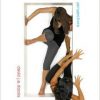
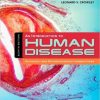
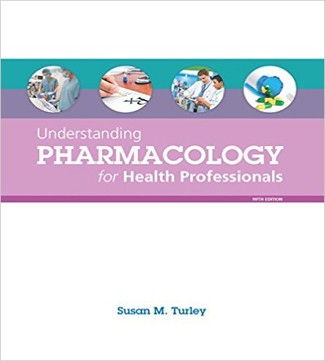
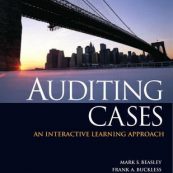
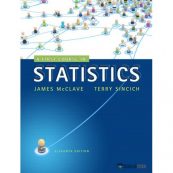
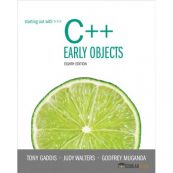
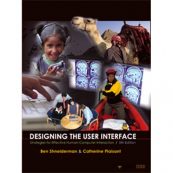
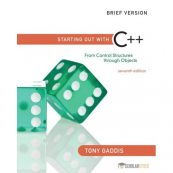
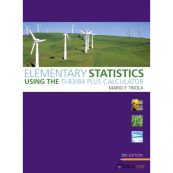
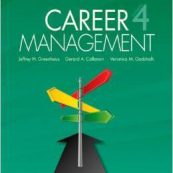
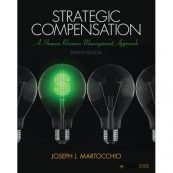
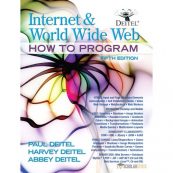
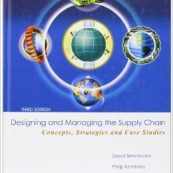
Reviews
There are no reviews yet.